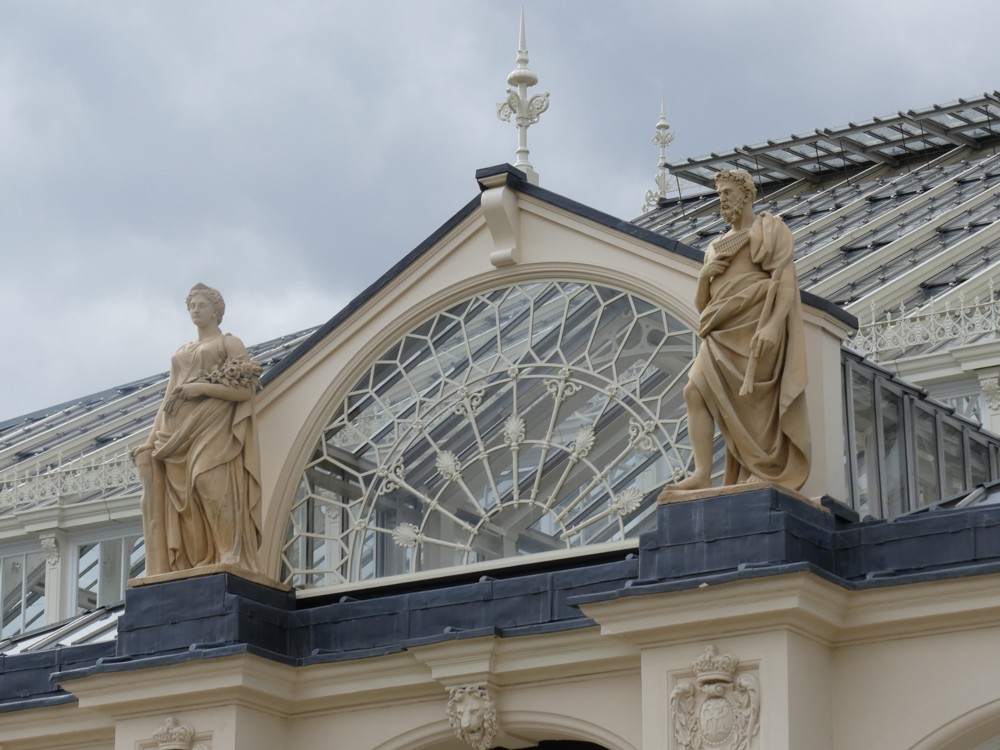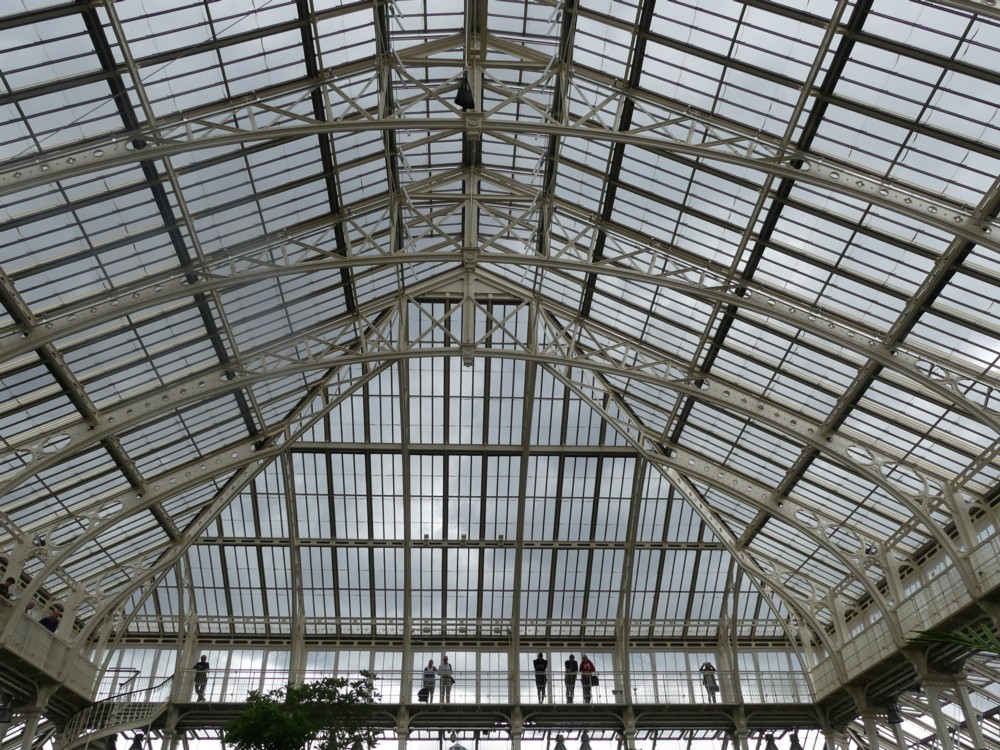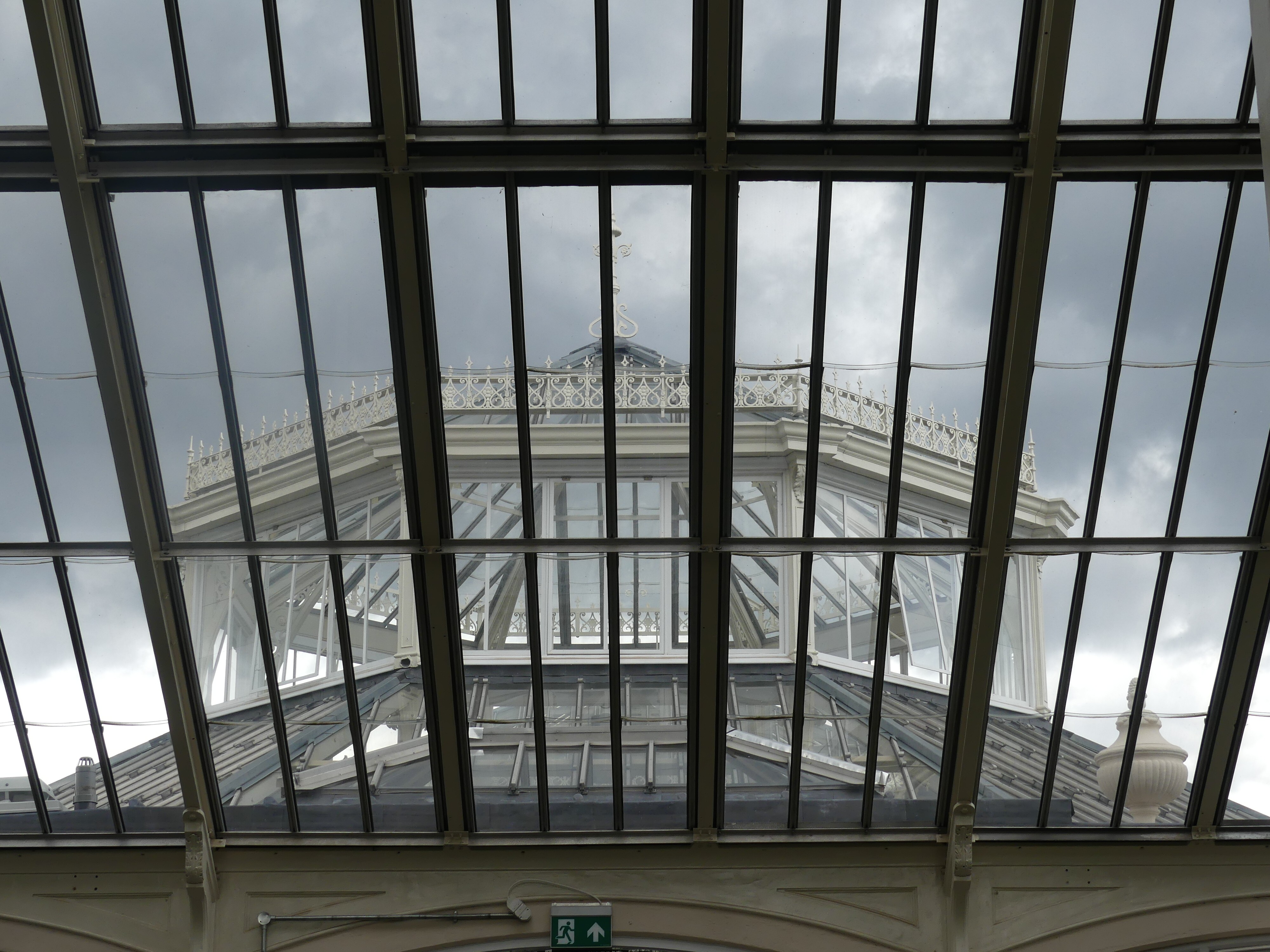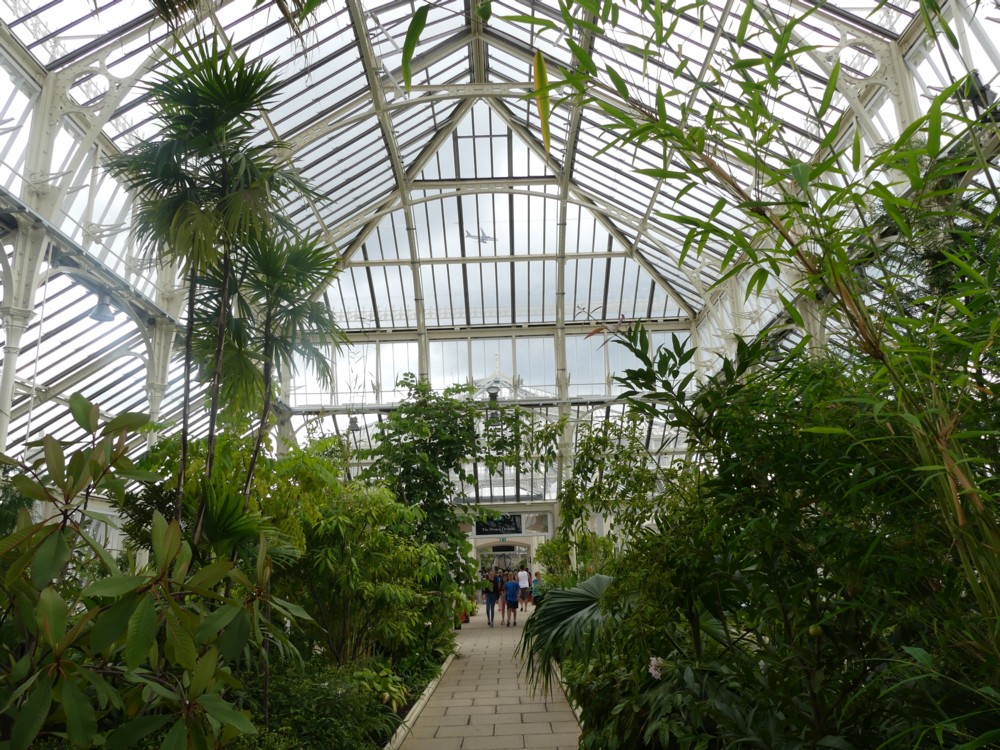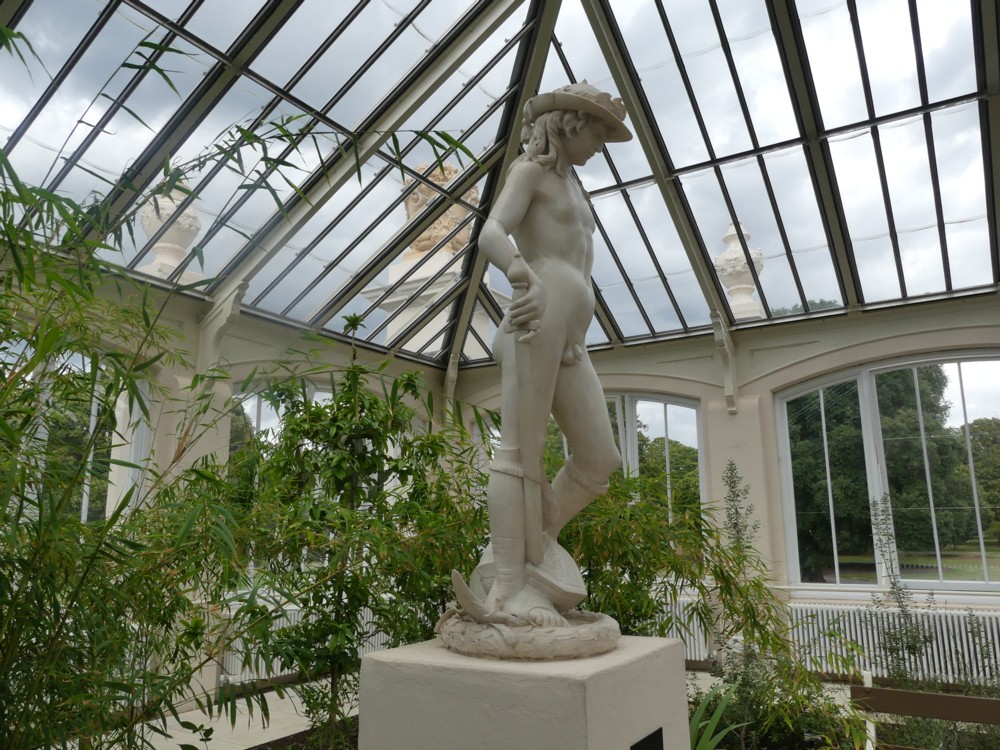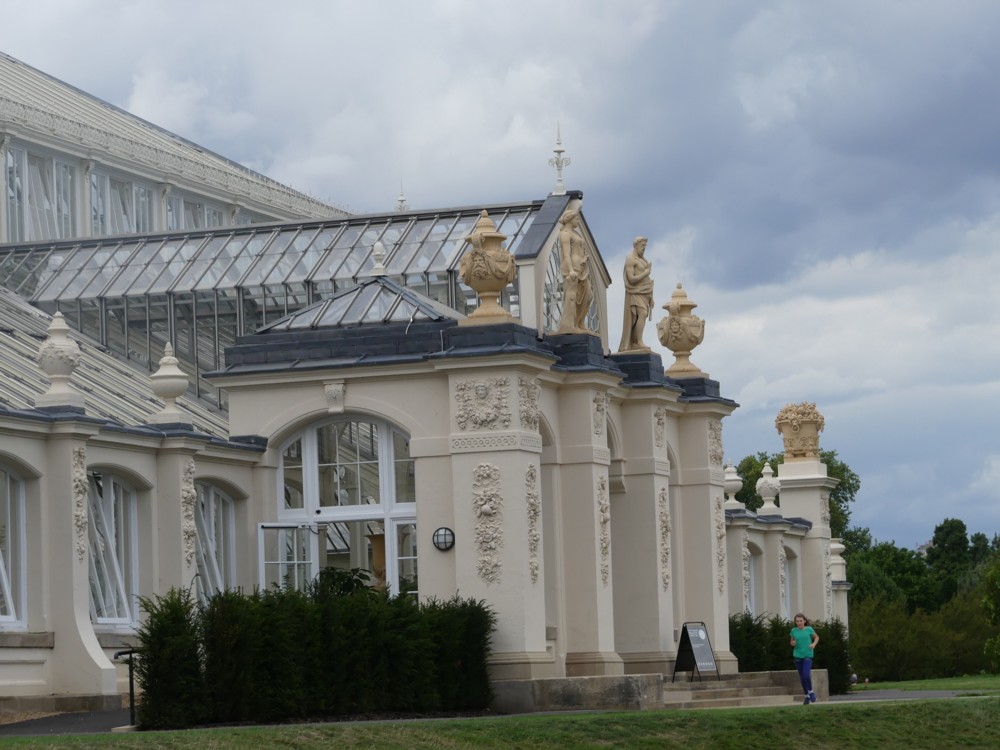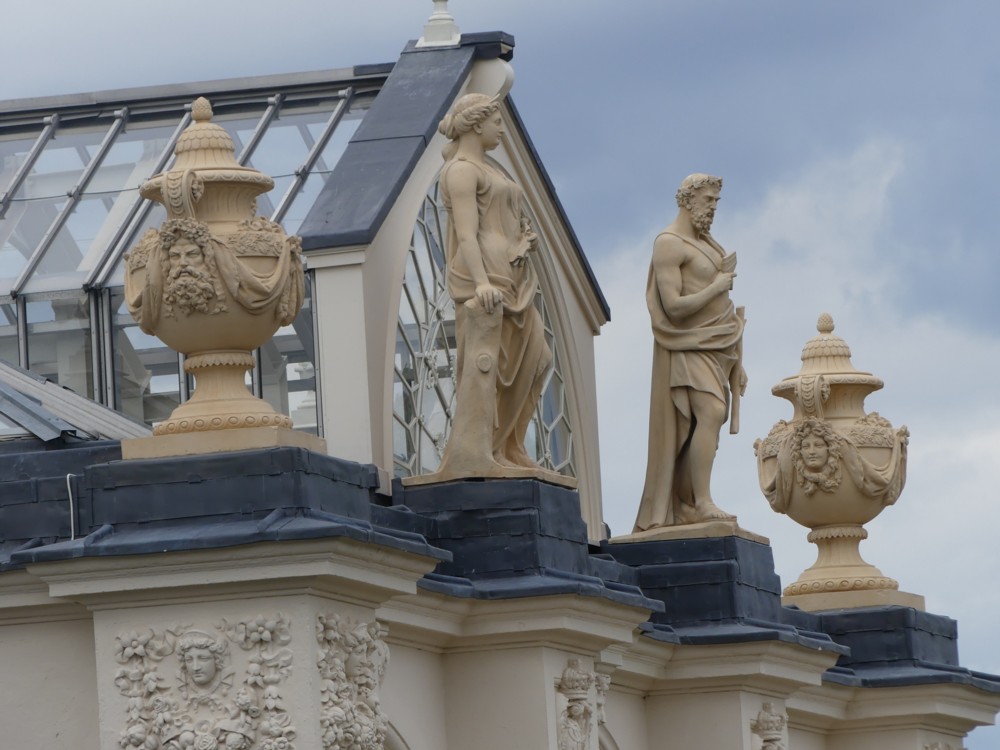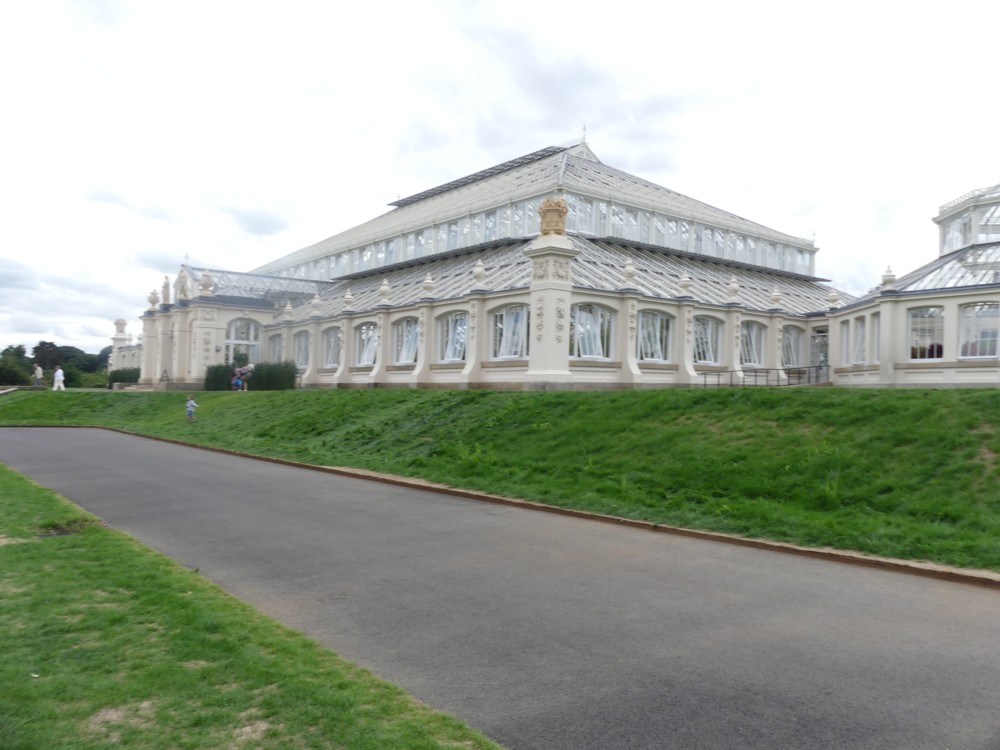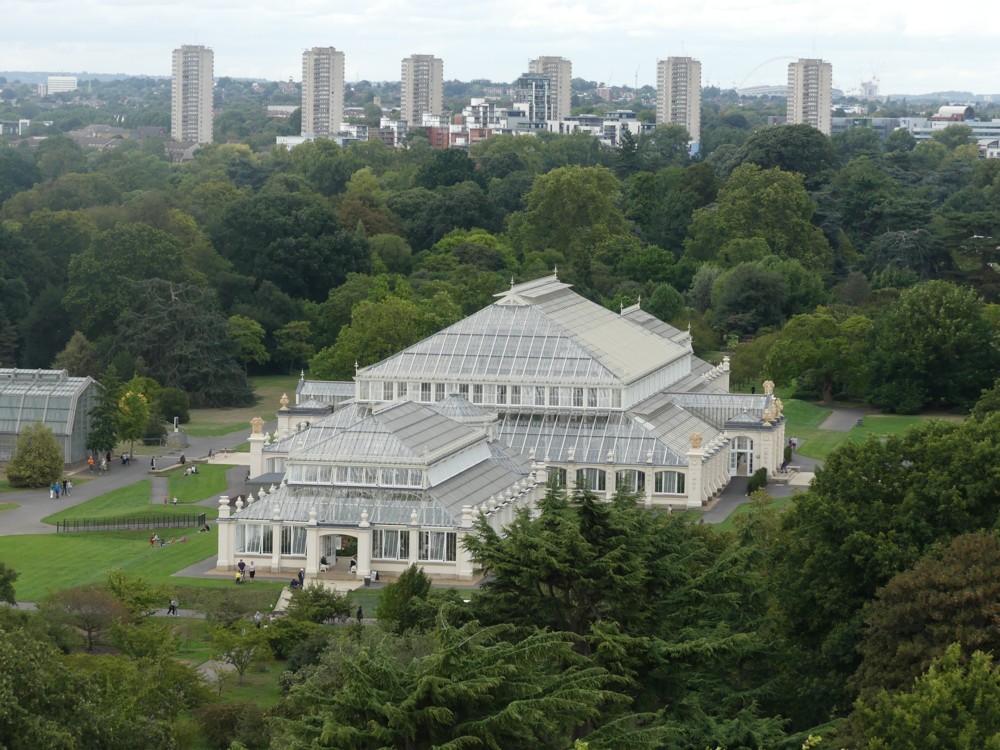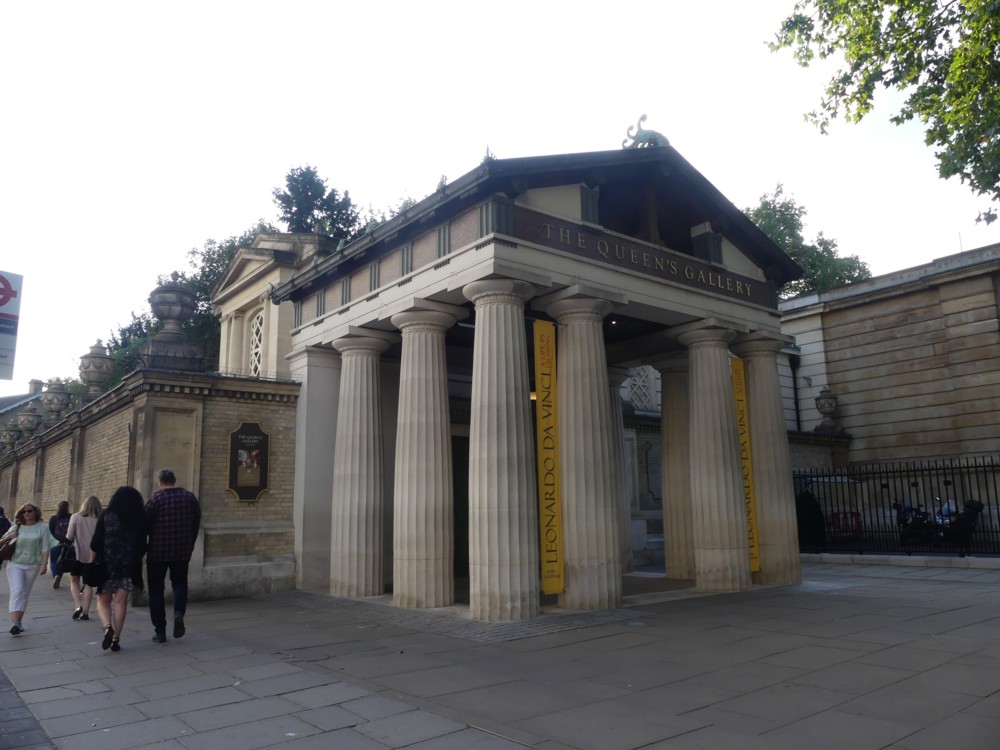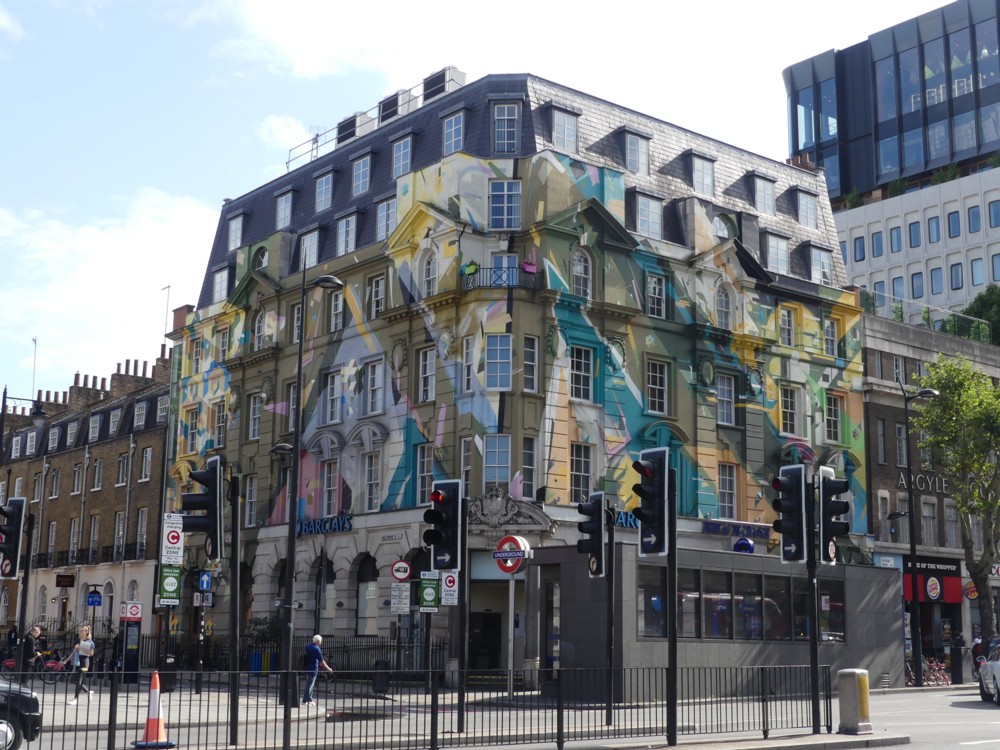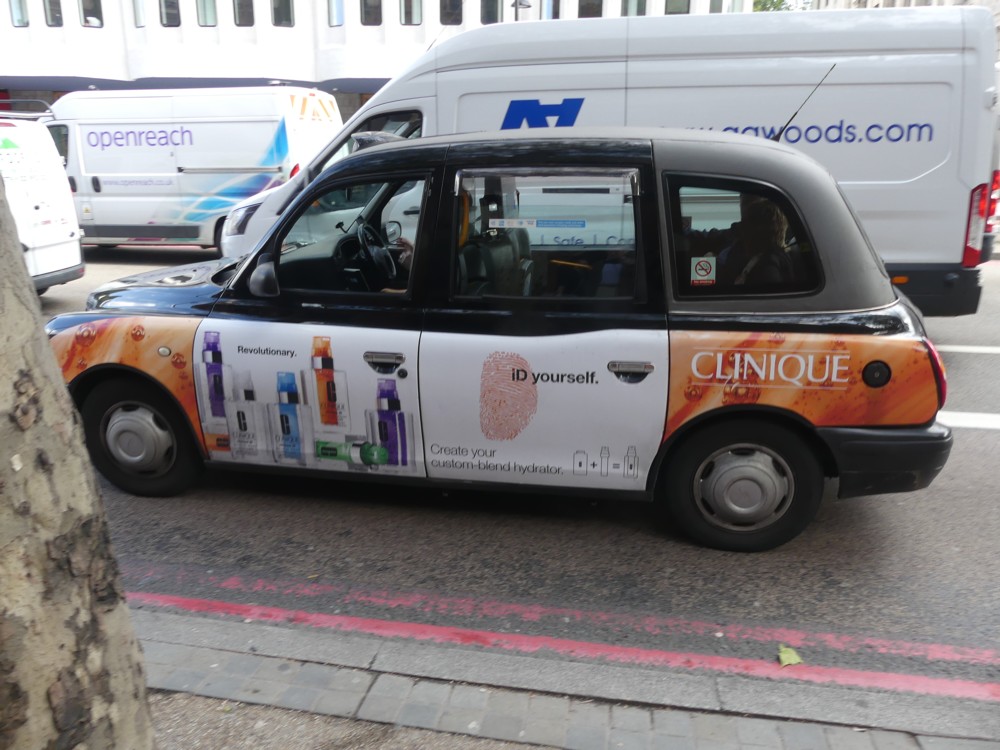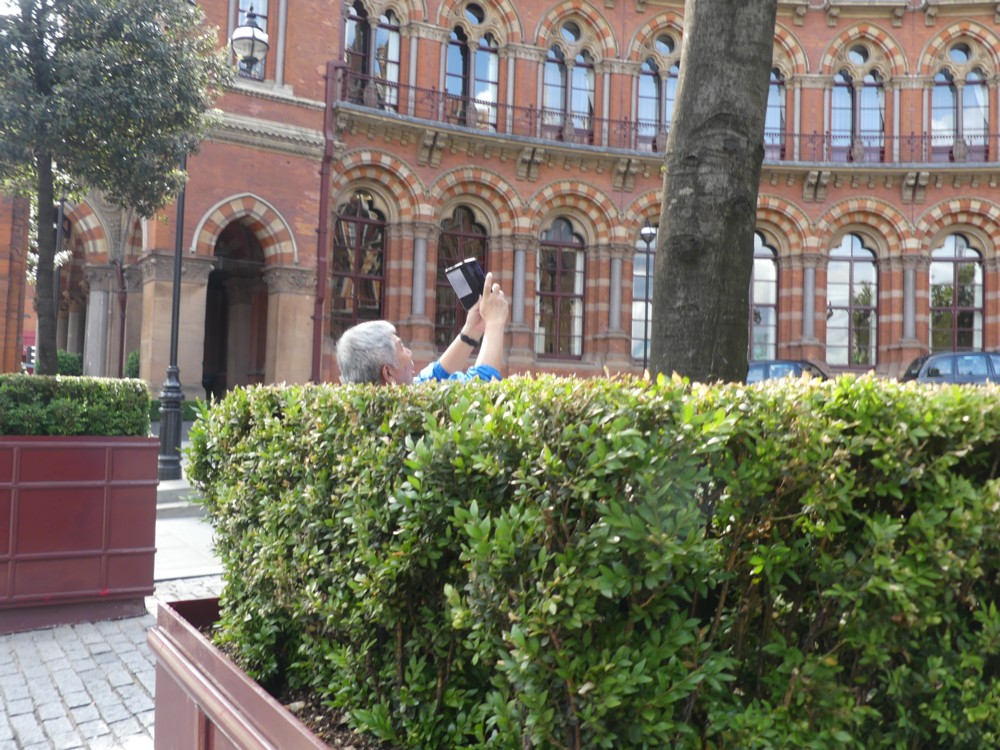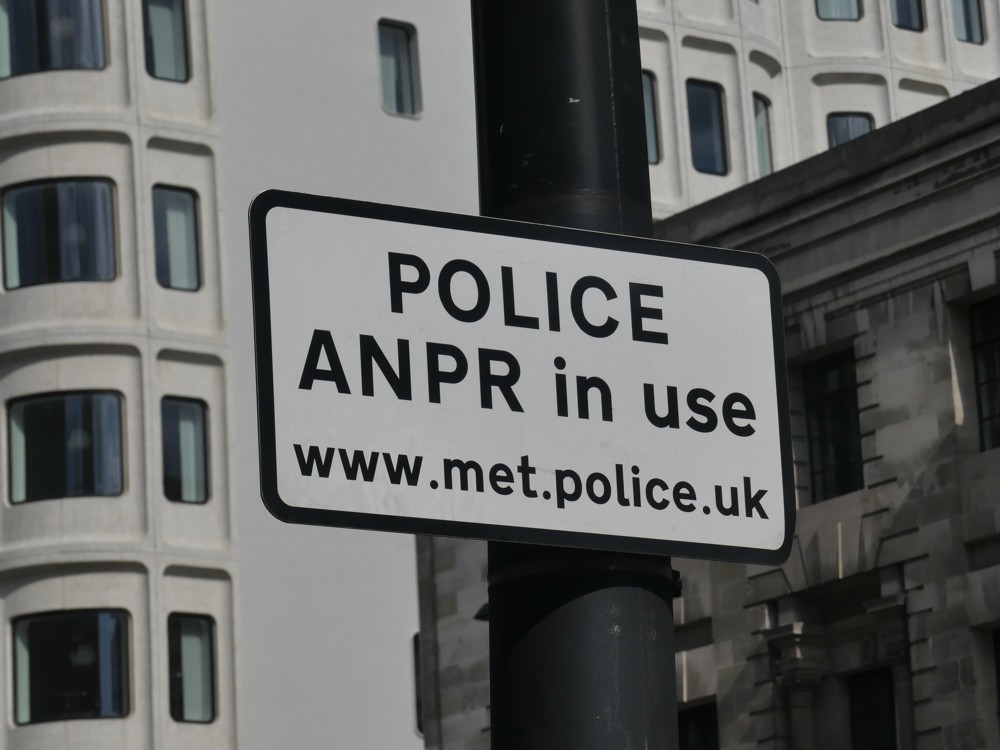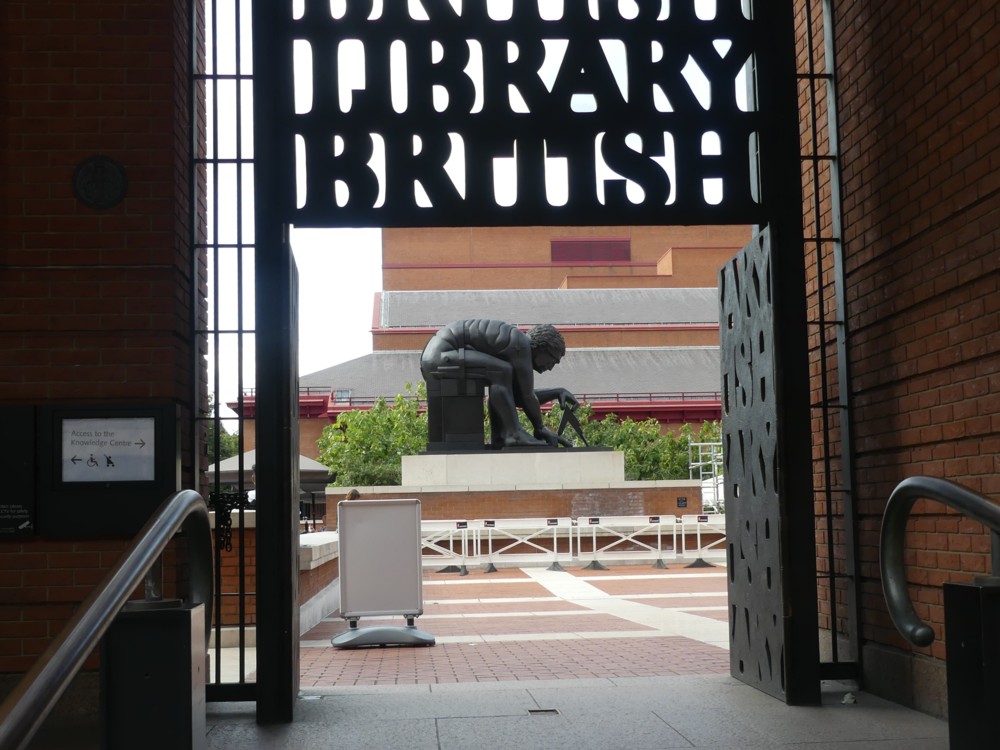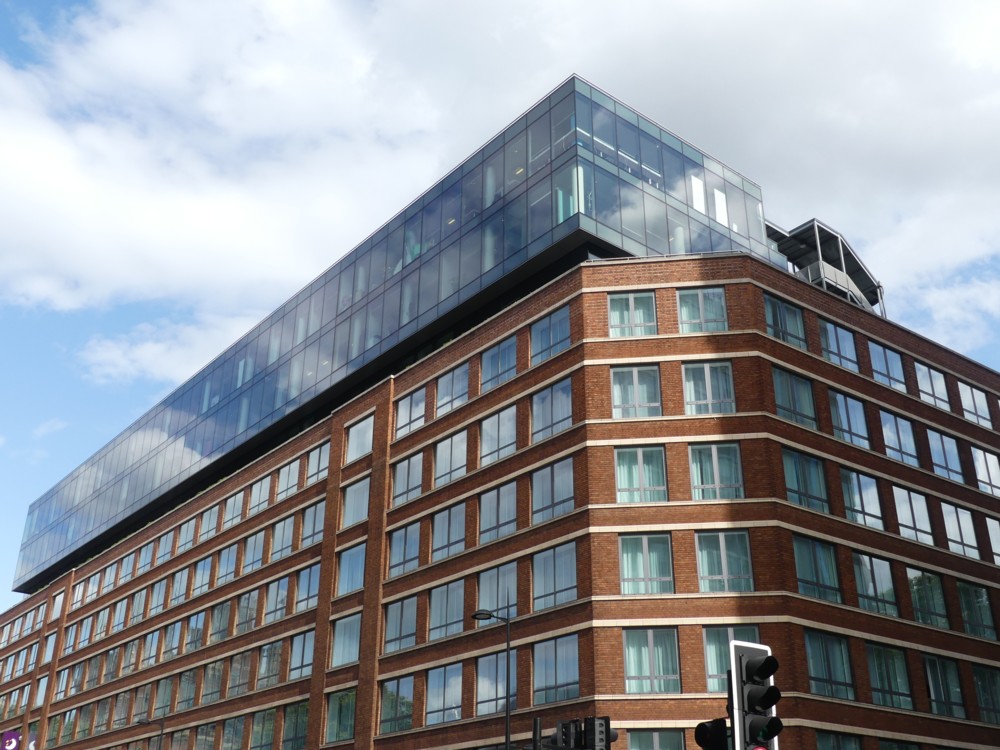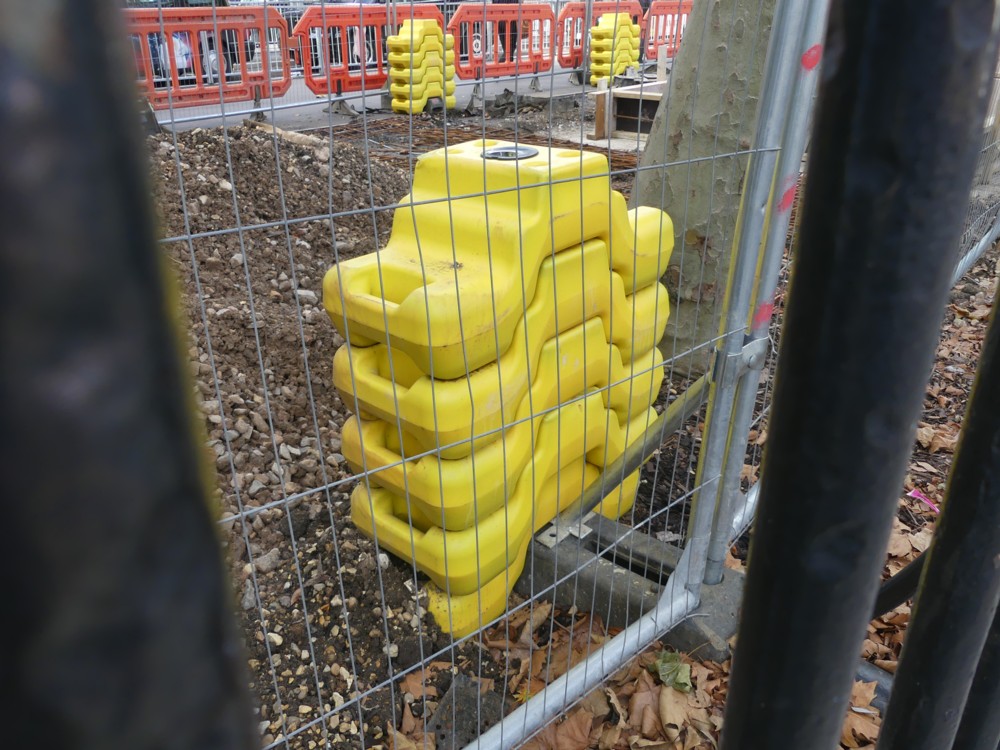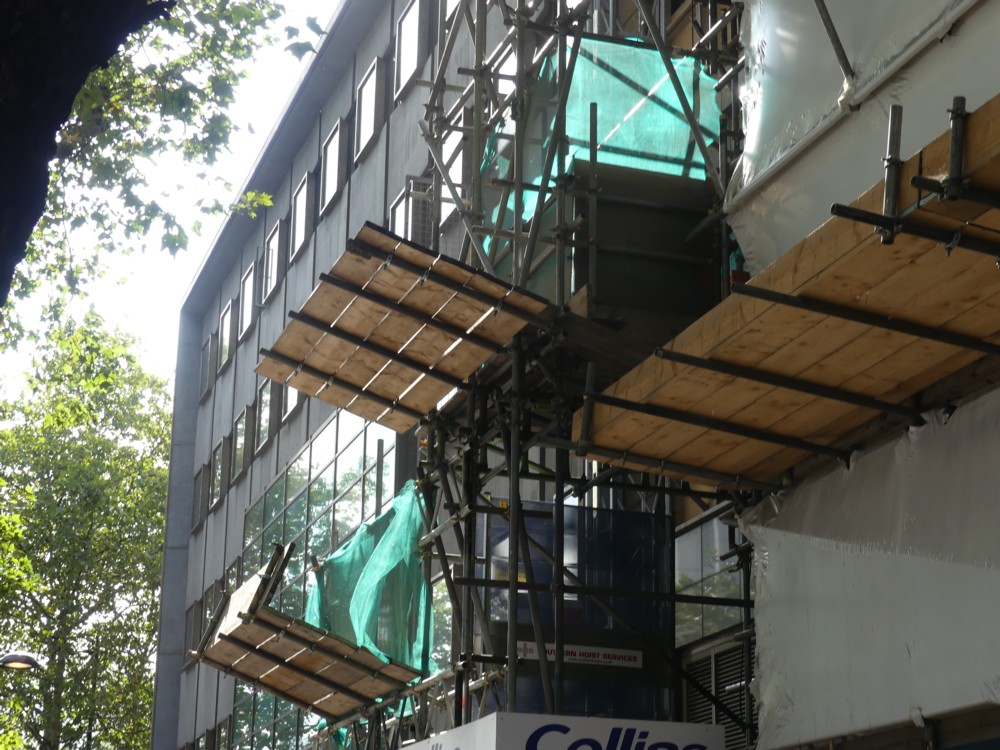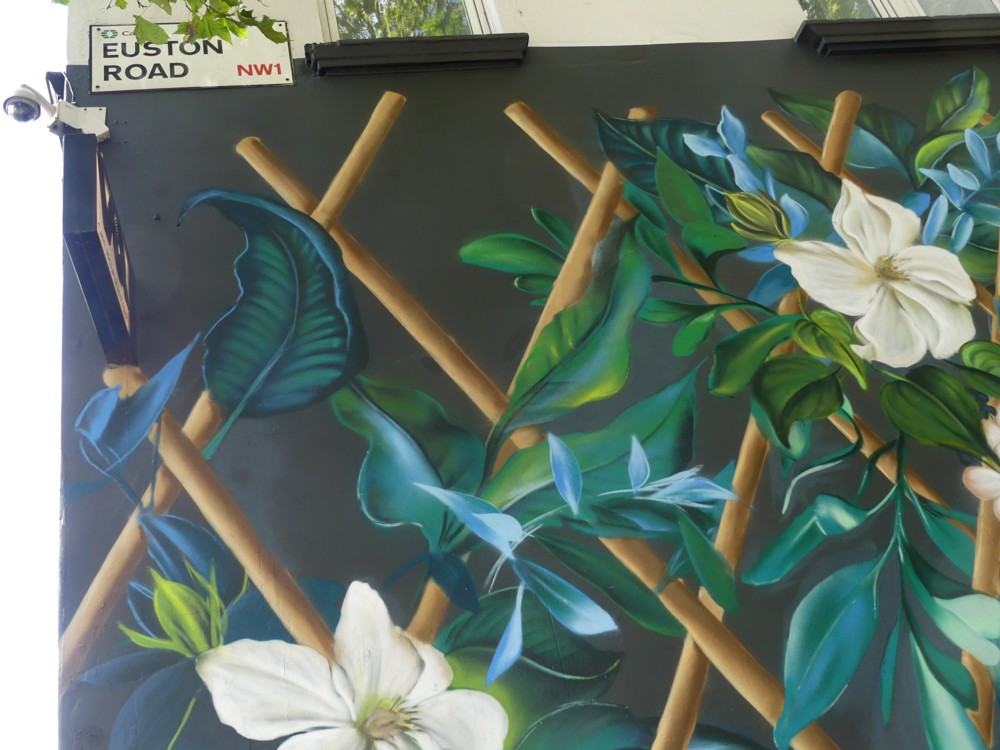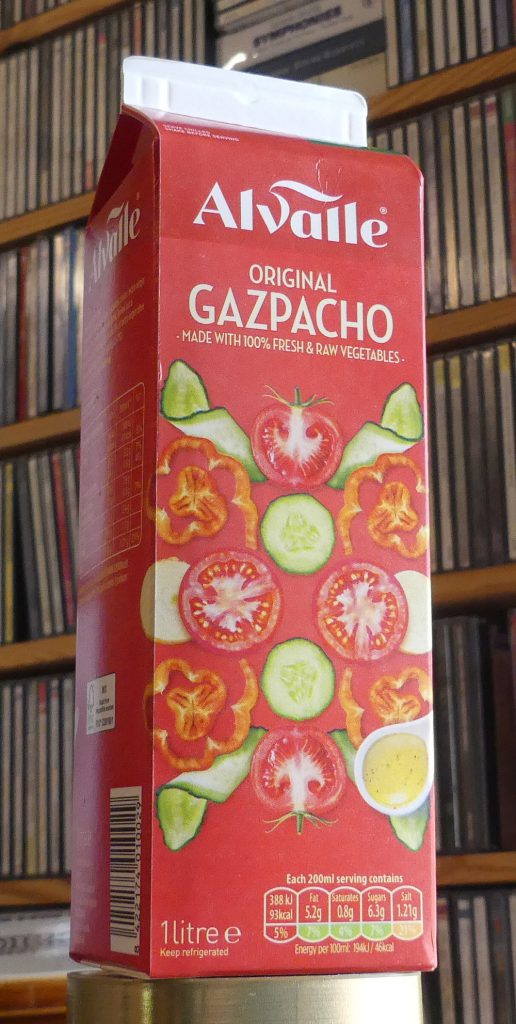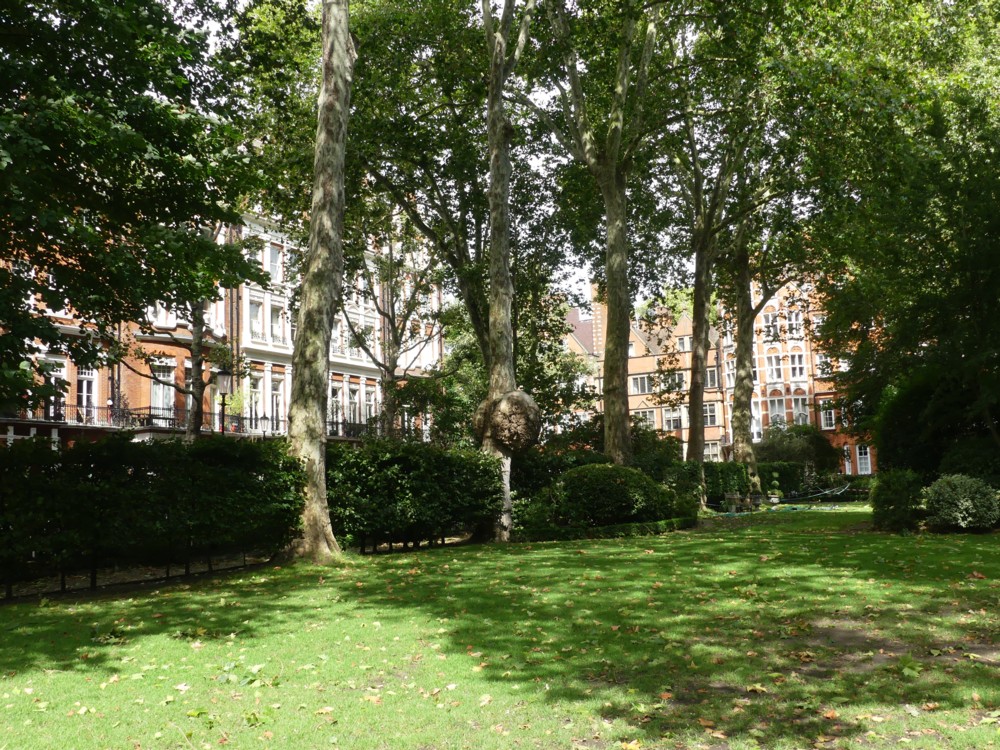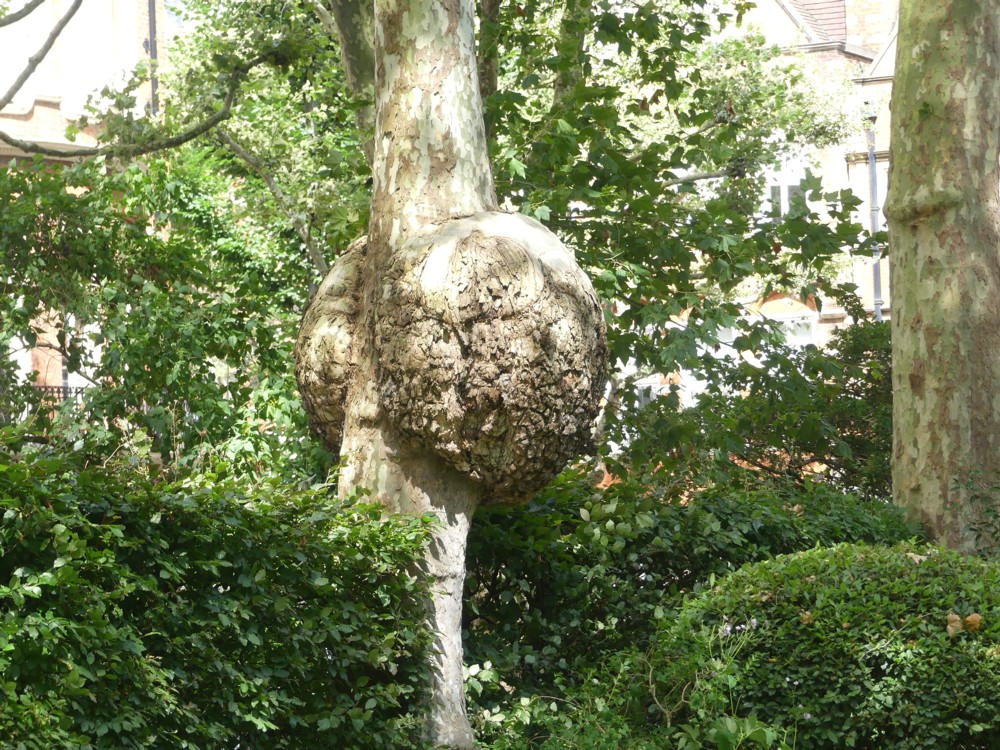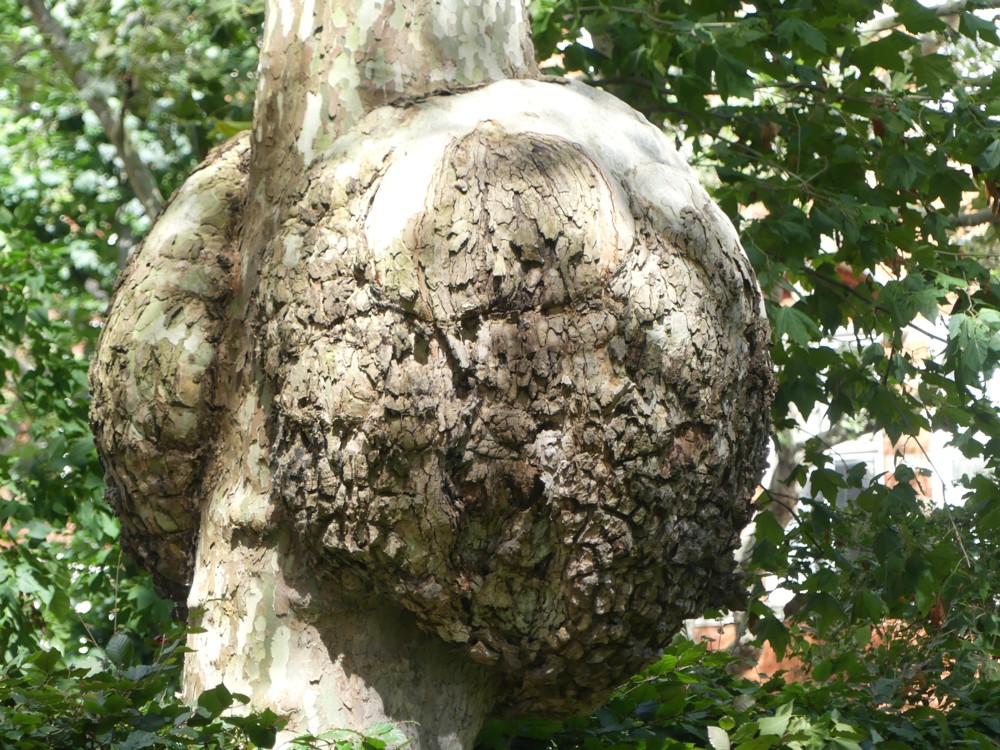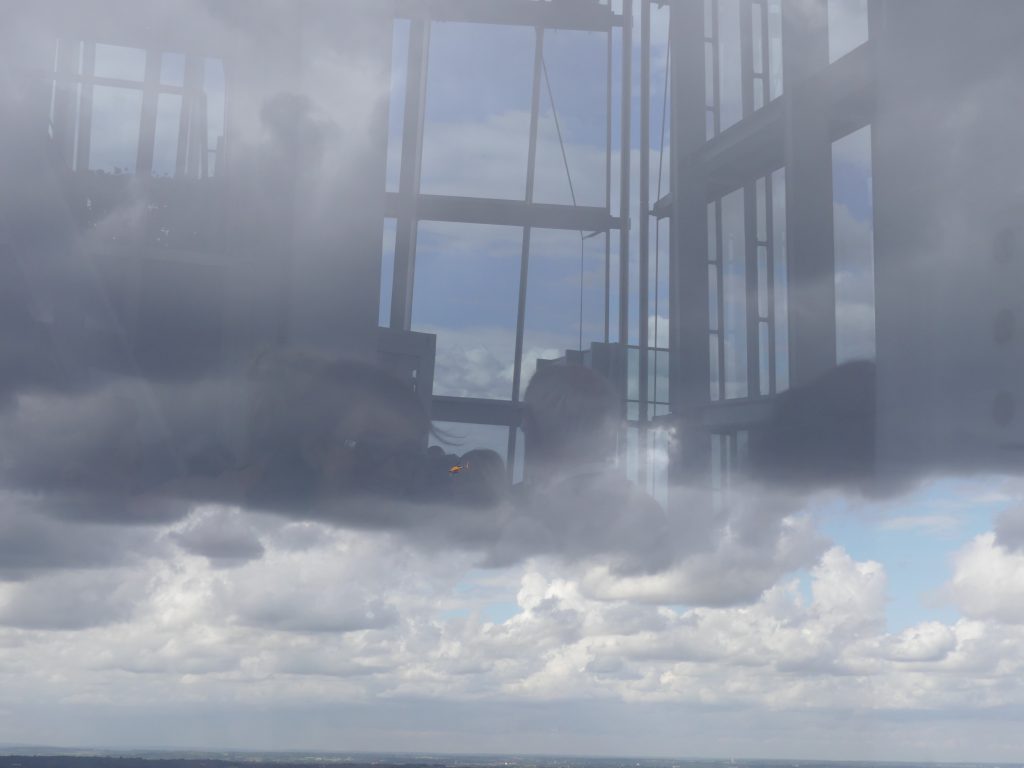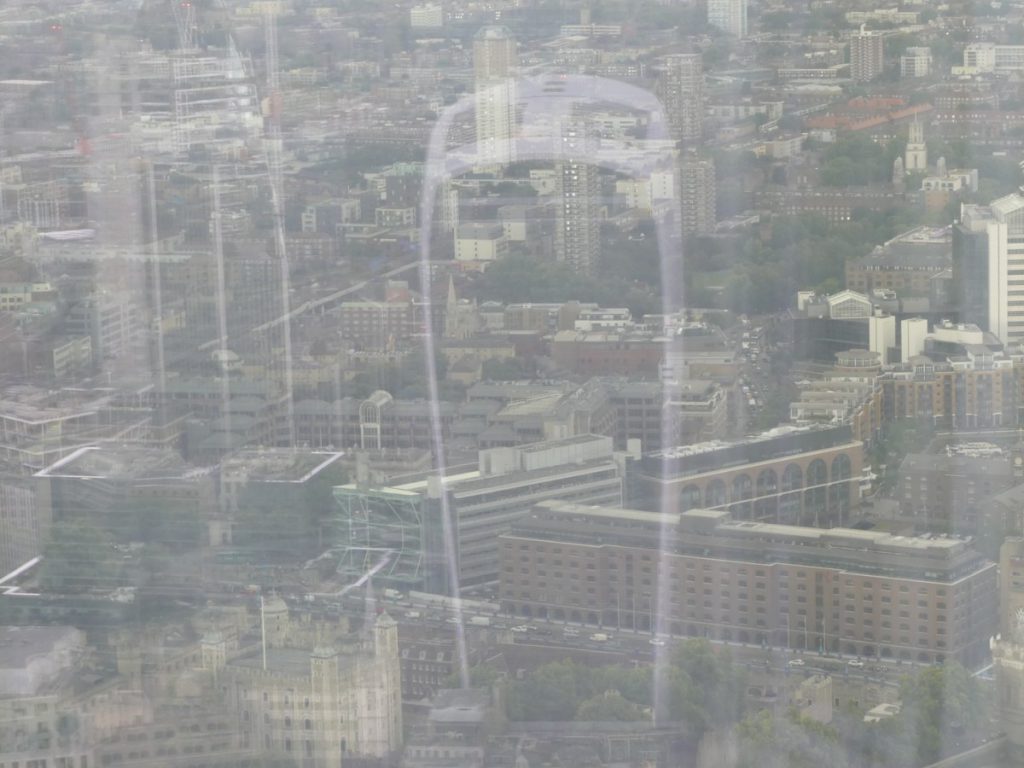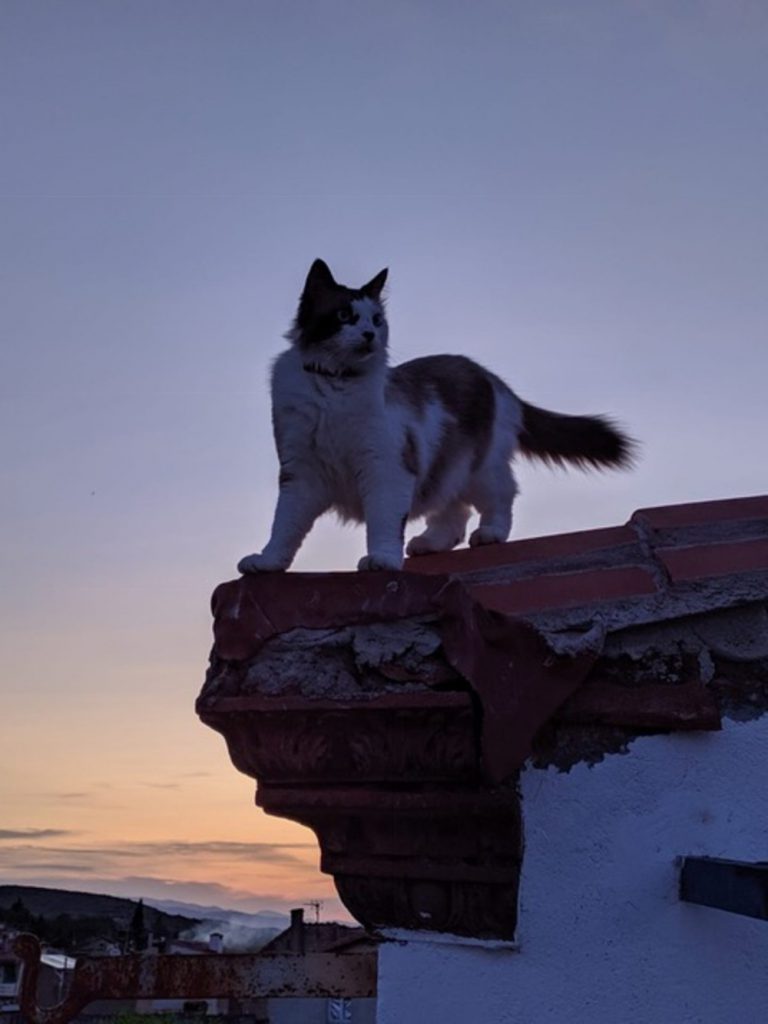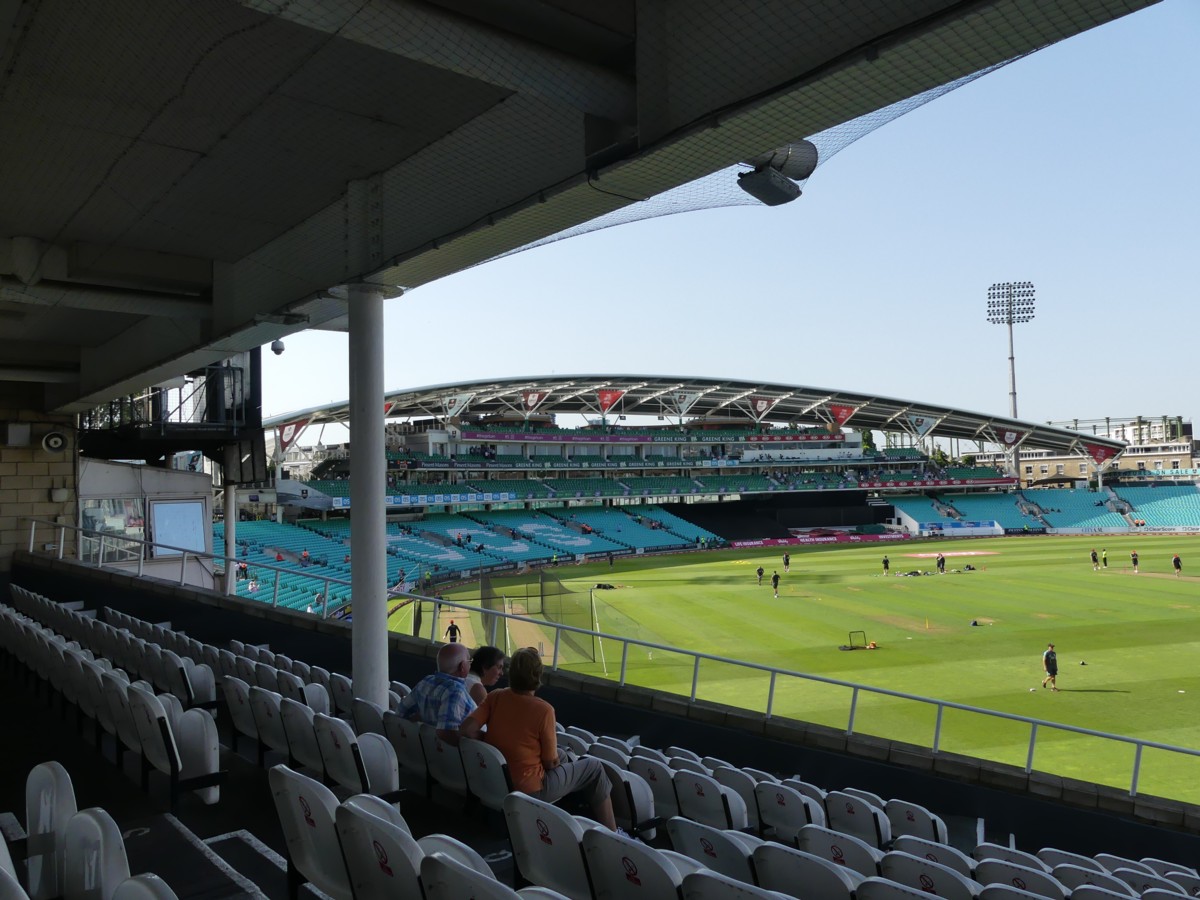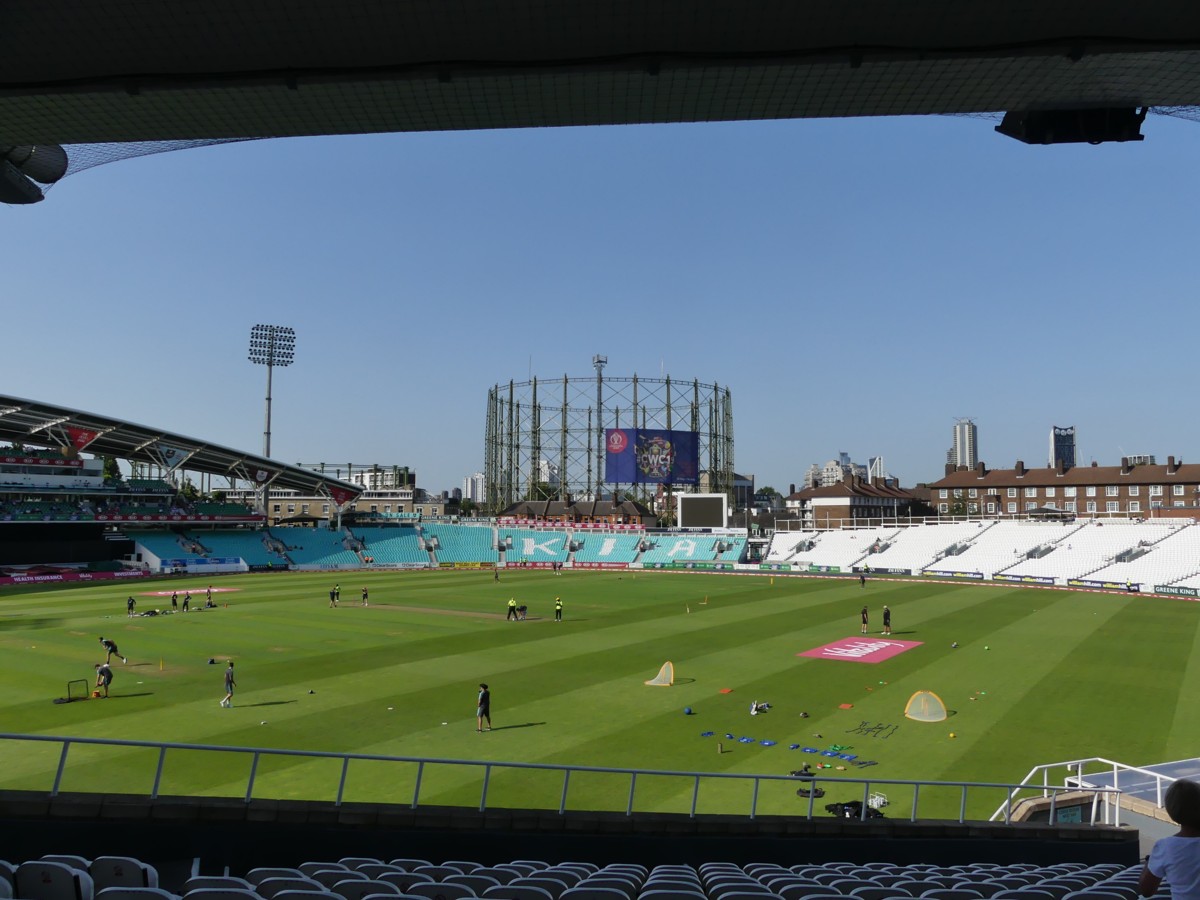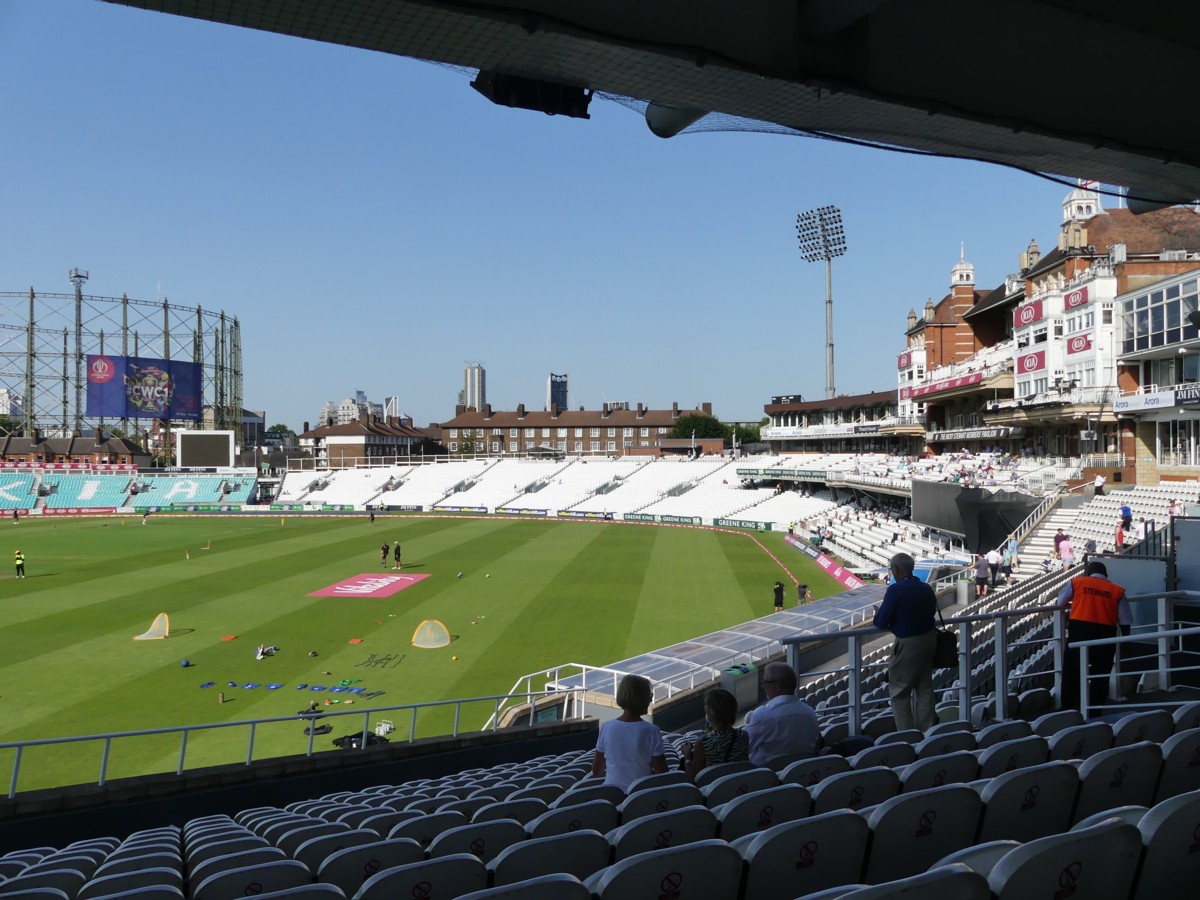Tomorrow evening, as mentioned at the top of the previous posting, there’ll be a talk at my home given by Antoine Clarke. The subject will be the efforts of the new Crown Prince of Saudi Arabia to liberalise (libertarianise?) his country.
During this talk, Antoine will be referring back to an old Libertarian Alliance pamphlet I remember publishing, way back before The Internet, by Murray Rothbard, entitled Four Strategies For Libertarian Change.
I have already supplied a link to my email list of potential attenders to the pdf version of this piece.
I simultaneously apologised that there was no html version to be accessed. But now there is. One of the intending-to-attend attenders tomorrow (thanks Andrew) has converted the pdf file of Rothbard’s piece into this html file.
This was either easy, in which case I congratulate Andrew for being clever. Or, it was hard, in which case I think Andrew for being industrious. I’m guessing, a bit of both. There are a few punctuational oddities that the software I used to read this got a bit confused by, but if that happens to you, there’s nothing that can’t be read past pretty easily.
LATER: The above niggle about punctuation seems now to have been entirely corrected by Andrew, with a revised version of the file. Andrew, thanks again.


